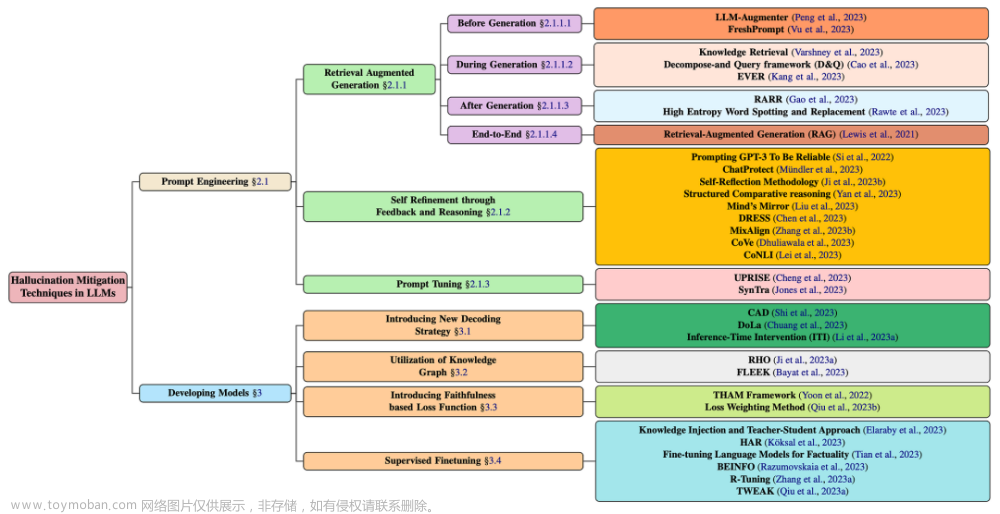Keywords
GPT:Generative Pre-Training
Backgroud for LLMs
Technical Evolution of GPT-series Models
Two key points to GPT’s success are (I) training decoder-onlly Transformer language models that can accurately predict the next word and (II) scaling up the size of language models
Research of OpenAI on LLMs can be roughly divided into the following stages
Early Explorations

Capacity Leap
ICT
Capacity Enhancement
1.training on code data
Codex: a GPT model fine-tuned on a large corpus of GitHub
code
2.alignment with human preference
reinforcement learning from human feedback (RLHF) algorithm
Note that it seems that the wording of “instruction tuning” has seldom
been used in OpenAI’s paper and documentation, which is substituted by
supervised fine-tuning on human demonstrations (i.e., the first step
of the RLHF algorithm).
The Milestones of Language Models
chatGPT(based on gpt3.5 and gpt4) and GPT-4(multimodal)
Resources

Stanford Alpaca is the first open instruct-following model fine-tuned based on LLaMA (7B).
Alpaca LoRA (a reproduction of Stanford Alpaca using LoRA)
model 、data、library
Pre-training

Data Collection
General Text Data:webpages, books, and conversational text
Specialized Text Data:Multilingual text, Scientific text, Code文章来源:https://www.toymoban.com/news/detail-688303.html
Data Preprocessing
Quality Filtering
- The former approach trains a selection classifier based on highquality texts and leverages it to identify and filter out low quality data.
- heuristic based approaches to eliminate low-quality texts through a set of well-designed rules: Language based filtering, Metric based filtering, Statistic based filtering, Keyword based filtering
De-duplication
Existing work has found that duplicate data in a corpus would reduce the diversity of language models, which may cause the training process to become unstable and thus affect the model performance.文章来源地址https://www.toymoban.com/news/detail-688303.html
- Privacy Redaction: (PII:personally identifiable information )
- Tokenization:(It aims to segment raw text into sequences of individual tokens, which are subsequently used as the inputs of LLMs.) Byte-Pair Encoding (BPE) tokenization; WordPiece tokenization; WordPiece tokenization
到了这里,关于大模型综述论文笔记6-15的文章就介绍完了。如果您还想了解更多内容,请在右上角搜索TOY模板网以前的文章或继续浏览下面的相关文章,希望大家以后多多支持TOY模板网!













